Served as the former residence of the imperial family, Nijo Castle was opened as an important historic site in 1939. Nijo Castle is also one of the biggest historic sites in Kyoto, featuring exquisite interior adornment, various remarkable architecture, beautiful gardens, and a picturesque natural landscape.
Owing to its historical significance, the Nijo Castle (Nijo-jo) was designated as a UNESCO World Heritage Site. Also, it must be the top choice for a historical journey to Kyoto and one of the best tour destinations for a Kyoto trip.
Scroll down and dive into Nijo Castle’s impressive architecture, seasonal beauty to get a glimpse of its historical facts. Discover this cultural gem with Hi Five Trip now!
Table of Contents
Kyoto Nijo Castle Facts
Why Visit Nijo Castle
History of Nijo Castle Kyoto
Unique Architectural Features of Nijo Castle Kyoto
Must-Sees at Nijo Castle Kyoto
Best Time to Visit Nijo Castle
How to Get to Nijo Castle
Practical Guide for Visiting Nijo Castle
Nearby Attractions
Sample Kyoto Itinerary
FAQs about Nijo Castle Japan
Kyoto Nijo Castle Facts
Japanese name: 元離宮二条城
Address: 541 Nijo-jo-cho, Horikawa-nishi-iru, Nijo-jo-dori, Nakagyo-ku, Kyoto City, Kyoto, Japan
Opening hours: 8:45 am-5:00 pm (last admission at 4:00 pm)
Closed: December 29th-30th
Entrance ticket: 1,300 yen (including tickets for Ninomaru-goten Palace)
Suggested visit duration: 1-2 hours
Best time to visit: Spring and autumn
Why Visit Nijo Castle
Samurai Power Symbol: Former residence of Tokugawa shoguns, marking the feudal era’s peak.
UNESCO World Heritage Site: Inscribed in 1994 for its architectural and historical significance.
Seasonal Beauty: Cherry blossoms in spring and fiery autumn foliage in Ninomaru Garden.
History of Nijo Castle Kyoto
The Nijo Castle was built in 1601 to protect the Kyoto Imperial Palace against intrusion. And the castle’s construction was completed in 1603. The castle served as the residence of the Tokugawa shogun when he came to Kyoto. Nijo-jo Castle played an important role in Japanese history during the Taisei-hokan period in 1867.
Later, Nijo Castle was converted into an imperial retreat, and it was opened to the public in 1939 and renamed Kyoto Gyoen Nijo-jo in 1940. Owing to its unique significance, the Nijo Castle was designated as a UNESCO World Heritage Site in 1994.
Unique Architectural Features of Nijo Castle Kyoto
Nightingale Floors: Creaking wood floors to deter intruders (listen to audio clips in tours)
Kano School Art: 1,016 Important Cultural Property paintings in Ninomaru Palace
Fortress Layout: Triple moats, stone walls, and hidden guard doors
Must-Sees at Nijo Castle Kyoto
Kara-mon Gate
Featuring the Chinese style, the Kara-mon Gate belongs to the entrance of this entire historic complex. This gate is connected with passageways to different chambers, decorated with remarkable masterpieces and gorgeous adornment.
Ninomaru Palace
Beyond the Kara-mon Gate sits the Ninomaru-goten Palace, a national treasure of Japan. Served as the residence of the shogun, it can be the first spot of your Nijo Castle tour after stepping into the gate. This major attraction at Nijo Castle consists of a 6-building complex with tatami halls and secret chambers. Each room is connected by the corridors, which are viewed as a security protection measure to prevent intruders.
Honmaru Palace
Carrying a unique historical significance, Honmaru Palace belongs to a well-preserved imperial residence, where you can catch a glimpse of the imperial lifestyle. Its restored inner sanctum was not open to the public, and now it needs an advanced reservation and an extra charge to visit. Characterized by its unique design, the palace is recognized as an Important Cultural Property of Japan.
Traditional Gardens
Aside from the historical architectures mentioned above, Kyoto Nijo Castle also contains many fascinating gardens with distinctive styles, like Ninomaru Garden, Honmaru Garden, and Seiryu-en Garden.
One of the notable gardens at Nijo Castle belongs to Ninomaru Garden, with a Zen-inspired pond and seasonal blooms. Designated as a National Special Place of Scenic Beauty, it can provide you with natural beauty in changing seasons.
Blended with Japanese and Western architectural styles, Seiryu-en Garden boasts its natural landscape and traditional decorations. In addition, this garden also has a traditional tea house setting. One tea house is for some ceremonies and relaxing, and the other one serves as the place for meals and weddings.
Tenshukaku
The Tenshukaku (天守閣, てんしゅかく) is a five-story castle tower, which was originally built to celebrate the replica of Nijo Castle. And the tower was destroyed by a lightning strike in 1750, after Honmaru Palace was removed here. It was not rebuilt after that, so there is just the foundation of the tower left. This castle tower is viewed as an essential historical relic during the boom times of the Nijo Castle.
Best Time to Visit Nijo Castle
Spring and autumn can be the two best seasons to visit Nijo Castle. Specifically, spring turns Nijo Castle into one of the top hanami spots in Kyoto.
As a home to 300 cherry trees, Kyoto Nijo Castle is characterized by diverse kinds of sakura. During the cherry blossom season, the pure white wall will be dotted with various cherry blossoms. Besides, Nijo Castle night illumination is also popular among tourists and locals. The night sakura are lit up under the starry night, which creates an ethereal scenery and brings you a magical experience.
During the period from mid-November to early December, it officially comes to the Kyoto autumn foliage viewing period. At that time, Kyoto’s fall will blanket the ground of the Nijo Castle with gradient autumn foliage. And its tranquil vibe is especially suitable for embarking on a Japan autumn tour.
Except for layers of pink petals and autumn foliage, both summer and winter deserve your visit as well. Lush greenery and a fascinating snowscape will definitely leave you with an unforgettable memory.
Recommended Japan Kyoto Autumn Tours:
★ 14-Day Autumn in Japan Tour
★ 14-Day Japan Autumn Tour with Kumano Kodo Hike
How to Get to Nijo Castle
By Subway
Kyoto City Subway Tozai Line to the Nijojo-mae Station (a short walk)
Subway Karasuma Line to Karasuma Oike Station, then transfer Subway Tozai Line to Nijojo-mae Station (a short walk)
JR Sagano Line to Nijo Station (17-minute walk)
Subway Tozai Line to Nijojo-mae Station (a short walk)
By Bus
Kyoto City Bus route 9/50/express route 101/111 to Nijojo-mae Bus Stop (a short walk)
Kyoto City Bus route 12/express route 101 to Nijojo-mae Bus Stop (a short walk)
Practical Guide for Visiting Nijo Castle
Opening Hours
Opening hours
Nijo Castle opening hours: 8:45 am - 5:00 pm (closed at 5:00 pm)
Ninomaru-goten Palace opening hours: 8:45 am-4:10 pm
Honmaru-goten Palace opening hours: 9:30 am-4:00 pm
Closed
Nijo Castle closure: December 29-31 (the end of the year)
Ninomaru-goten Palace closure: Tuesdays in January, July, August, and December, December 26-28, and January 1-3
Honmaru-goten Palace closure: The third Mondays of each month and December 26-28, and January 1-3
Tickets
| Adults (general group) | Junior high/high school students | Elementary school students | Children below elementary school age | |
|---|---|---|---|---|
| Nijo Castle | 800 yen (700 yen) | 400 yen | 300 yen | Free of charge |
| Nijo Castle+Ninomaru-goten Palace | 1,300 yen (1,100 yen) | 400 yen | 300 yen | Free of charge |
| Honmaru-goten Palace (advanced reservation required) | 1,000 yen | 300 yen | 200 yen | Free of charge |
| Painting Gallery Ticket | 100 yen | 100 yen | 100 yen | Free of charge |
Note:
1. The general group admission fee applies to groups of 30 people or more.
2. Ticket prices for Honmaru-goten Palace and Painting Gallery tickets do not include Nijo Castle tickets.
Insider Tips
1. Arrive early to avoid crowds, especially during the cherry blossom season and autumn foliage season.
2. Wear a pair of comfortable shoes due to its large area.
3. Remove shoes before stepping into the palace, especially in Ninomaru Palace.
4. Eating and drinking are prohibited inside the palace and main areas of the gardens. But they are allowed in designated areas.
5. Whisper to hear the nightingale floors when exploring Ninomaru Palace.
6. Do not touch the wall paintings owing to their ages.
7. Photography tip: The Southeast Corner Tower and Karamon Gate are suitable for capturing architectural beauty.
Nearby Attractions
Kyoto International Manga Museum
Serving as the first comprehensive manga facility in Japan, Kyoto International Manga Museum is seen as a paradise for comic fans. It is a home to over 300,000 manga items, and you can immerse yourself completely within the world of manga culture.
Kyoto Imperial Palace
Kyoto Imperial Palace is not only an iconic landmark, but also an ethereal park located in the Kyoto Gyoen, which used to serve as the residence of the royal family. Featuring various distinctive buildings, like Shodaibunoma, Shishinden, and Seiryoden, the Kyoto Imperial Palace is especially popular among tourists. And starting a cultural exploration at the palace can be one of the best things to do in Kyoto.
Nishiki Market
As the top tour destination for a foodie venture to Kyoto, Nishiki Market is also known as Kyoto’s Kitchen. This five-block-long shopping street is lined with diverse kinds of restaurants and stores. Its lively atmosphere attracts numerous people to explore the street and savor the authentic flavors of Kyoto. Moreover, various fresh seafood, seafood products, and cookware can solve your souvenir problem.
Shinkyogoku Shopping Street
Shinkyogoku Shopping Street is a covered arcade commercial shopping attraction, with an array of traditional and modern shops. As the second largest shopping district in Japan, it is popular among students, locals, and tourists. Owing to the arcade, you can enjoy a stroll along this street no matter whether it is sunny or rainy.
Sample Kyoto Itinerary
Half-Day Historic Deep Dive
Visit Nijo Castle in the morning, and then head to Nishiki Market, where all kinds of seafood and Kyoto snacks are available. You can have lunch here and explore more Kyoto savory street food, like Tako Tamago (Octopus Quail Egg Skewer), Tamagoyaki (Japanese Rolled Omelette), Mochi (Japanese Rice Cake), Hotateyak (Grilled Scallops with Lemon), etc. Later, explore the notable historic site Kyoto Imperial Palace, a must-see attraction in a Kyoto tour, to get a deeper understanding of Japanese culture and history.
Full-Day Culture & Nature
Start your Kyoto day tour from Nijo-jo Castle, then embark on a cultural journey at Kinkaku-ji to visit its famous Golden Pavilion and Kyoko-chi Pond. At last, explore Arashiyama Bamboo Forest, one of the iconic landmarks in Kyoto, to get a taste of Kyoto’s natural charm.
FAQs about Nijo Castle Japan
1. Is Nijo Castle worth visiting?
As one of the highlights in Kyoto, Nijo Castle is definitely worth your visit. Boasting graceful architecture and its unique significance, the castle can be an ideal destination for a historical journey to Kyoto.
2. What time does Nijo Castle open?
Nijo Castle is open from 8:45 am until 5:00 pm, and its last entry is at 4:00 pm.
3. Can I take photos inside the castle?
Generally, photography is prohibited in the castle, especially in Ninomaru-goten Palace and Honmaru-goten Palace. But it is allowed to take photos in gardens.
4. Can you see nightingale floors without a tour?
Yes. You can walk through and experience the nightingale floors without a guided tour.
5. Is photography allowed?
No photos indoors. Photography is allowed in the exterior of the castle and outdoor areas. However, space between Ninomaru-goten Palace and Honmaru-goten Palace is allowed to take group photos.
Plan Your Kyoto Trip with Hi Five Trip
Japan always impresses people with magnificent architecture and fascinating natural beauty, attracting people to explore more of its culture and traditions. Here are some Japan tour packages crafted by Hi Five Trip, including Kyoto travel itineraries, for inspiration:
Send us your inquiry, and our experienced travel experts will offer you a custom Japan itinerary based on your wishes and pace. Plan your Nijo Castle tour now!

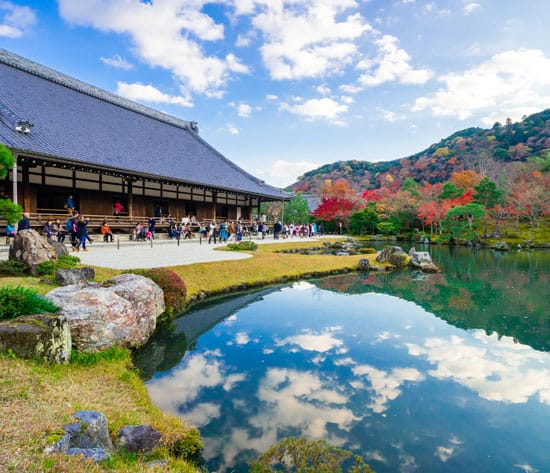
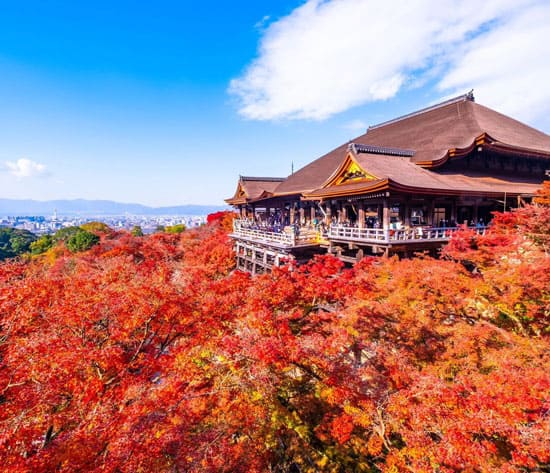
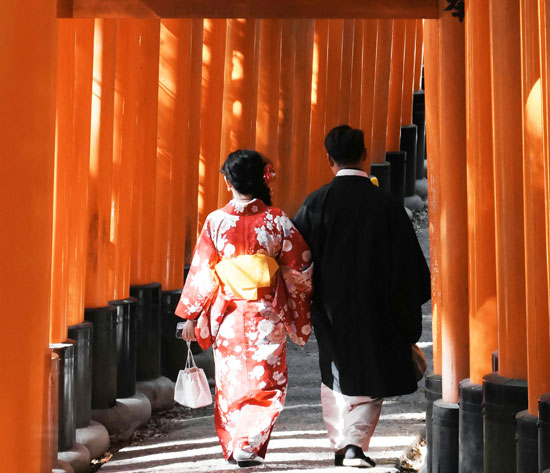
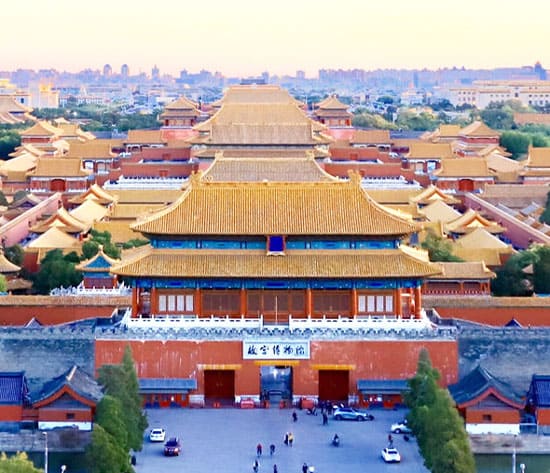

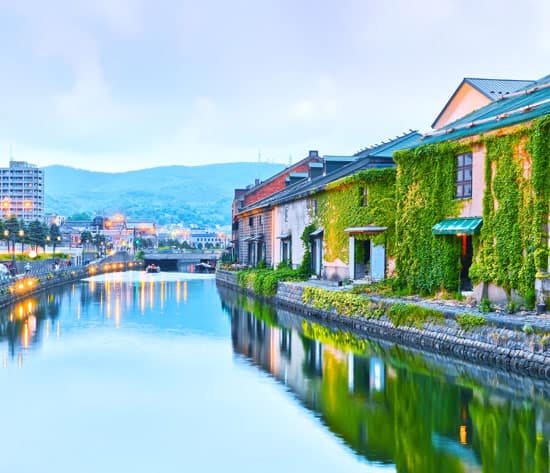
Have a Question?
You might see your comment appear on this page, but your email address and full name will not be published. Your personal information will remain confidential. Our Asia travel experts will get back to you as soon as possible. Required fields are marked *